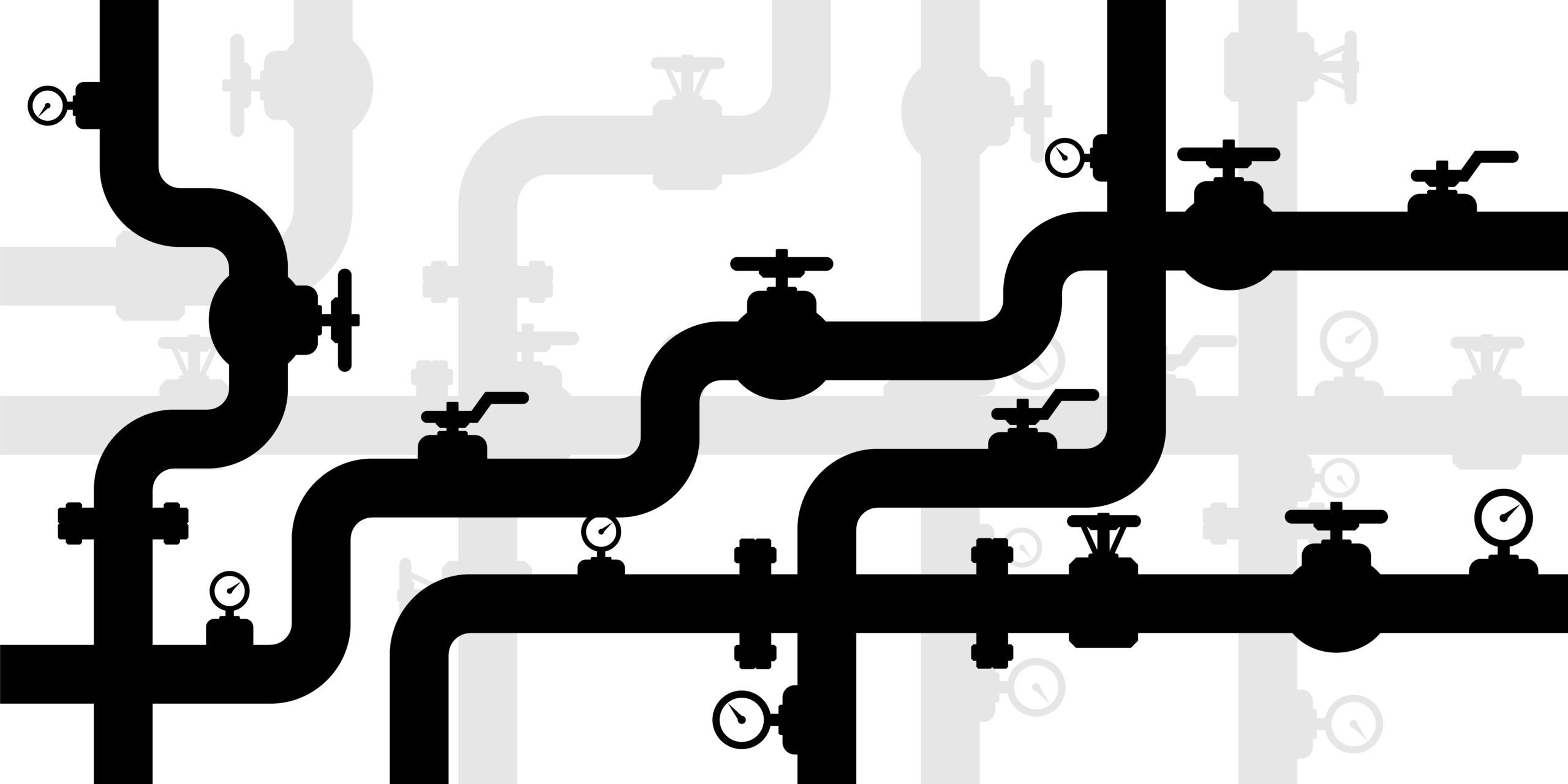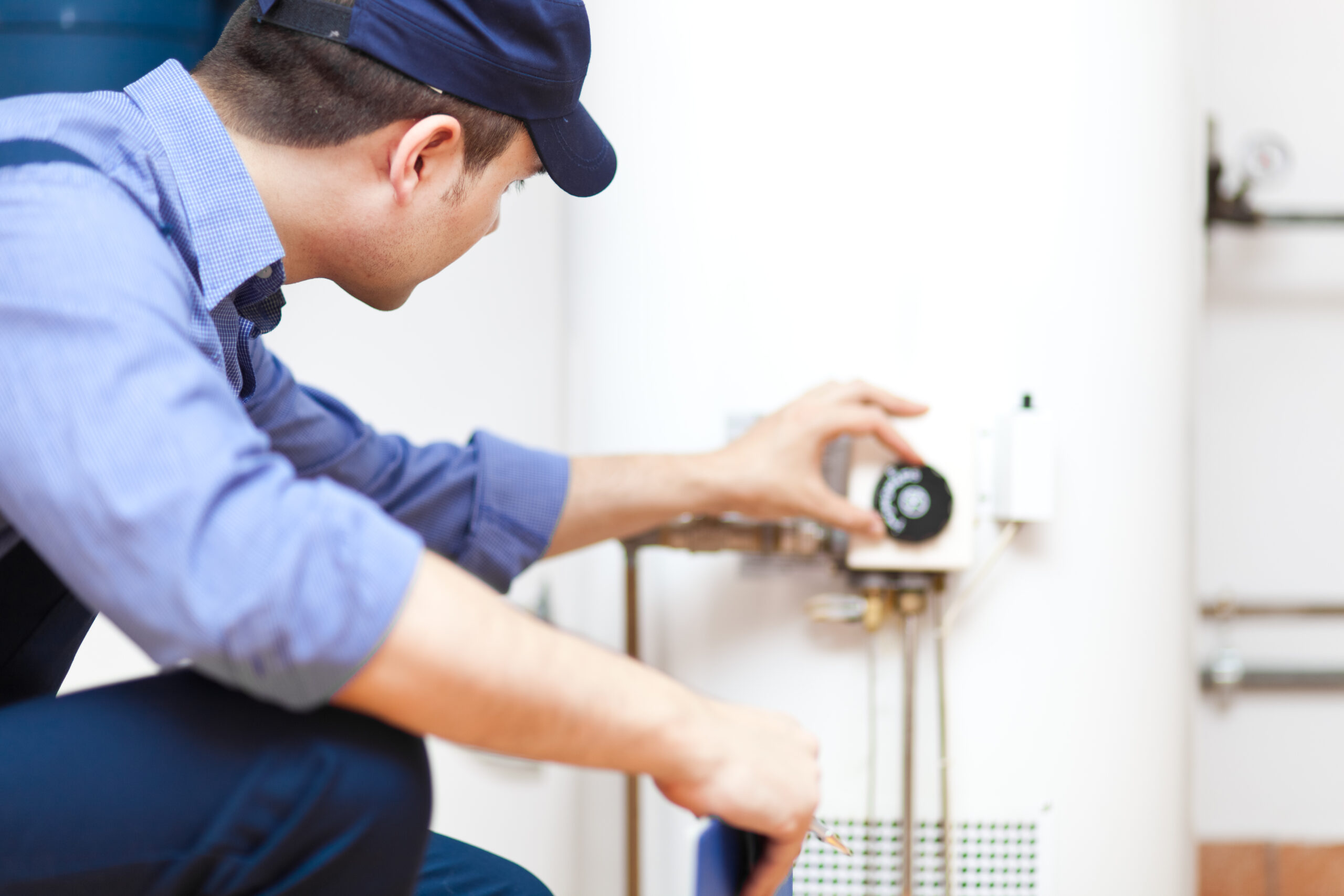Are you team Chiefs or 49ers? No matter who you are cheering for IT…

Your indoor plumbing is not necessarily a recent innovation. Whenever humans began moving into cities throughout history, they would work to build an efficient sanitation system. Whenever plumbing infrastructure was lacking, there were numerous incidences of disease outbreaks. In this article, we’ll examine how indoor plumbing and sanitation systems have evolved to what they are today.
The Earliest Sanitation Systems
Contrary to popular belief, the history of the modern toilet did not start in the 19th century. In Ancient Rome, there was a network of sewers forming trenches that could be flushed with water. Unfortunately, the wastewater was dumped in the Tiber River, creating a sanitation hazard.
In Egypt, archeologists found the remains of a plumbing system that connect the Pyramid of Sahure to a nearby temple. The plumbing infrastructure was an extensive network that was more than 1,000 feet long. The network of pipes was made of copper.
In Asia, the Indus Civilization had the most elaborate wastewater drainage system. Individual houses had toilets with drainage that emptied into larger drains. Residents would flush the affluence with a jar from the well within their living quarters.
Indoor Plumbing in the Middle Ages
By medieval times, the population in Europe was booming, and cities had abandoned the sanitation system in Ancient Rome. The plumbing systems that survived were insufficient to support the growing cities. As such, there were many incidences of disease outbreaks.
There were water channels that washed wastewater down the street. Those developments led to the invention of the closed sewer system in the 14th century. The initial aim of enclosing wastewater was to control the stench rather than stop the affluence.
19th Century and Modern Indoor Plumbing
Many cities would ignore their sanitation problems until the industrial era. As people began moving to cities rapidly, indoor plumbing became common for wealthy residents. Initially, the waste from the toilet would find its way into the river or the streets.
Among the first wastewater systems built in the United States was the Old Croton Aqueduct. The distribution network could move water across 41 miles through gravity. With the creation of the Croton Aqueduct water, was available for fire stations in New York City.
At this time, many homes were installing hot water systems. The system involved passing water through coils over burning coal. Gas companies were also distributing fuel to homes, which also added to the convenience of heating water.
One problem with heating water through pipes was that the pressure of the water could get dangerously high. Pressure and relief valves were invented at this time and are still critical today. You can call IT Landes Home Service Team in Baltimore if you suspect your heater has an issue.
Challenges in Wastewater Disposal and Treatment
The first indoor plumbing infrastructure disposed of the affluent in rivers or on land for use in agriculture. It was not long before it became apparent that there was a need for a better solution to manage wastewater. During the early years of the 19th century, typhoid and cholera were prevalent in cities like New York.
By 1850, wealthy residents had started adding bathrooms and toilets in their homes. However, the indoor plumbing system was still inefficient, and it would produce unpleasant odors. Many houses had double doors to keep the smell from getting into the interior.
How Modern Plumbing Has Advanced
By the mid-20th century, there was a consensus among public health officials that indoor plumbing was essential. As a result, authorities developed plumbing codes for residential homes. The standards created in the 1930s and 40s are still in use today, with only minimal adjustments made over the years.
Another significant development has been in advanced technologies for treating sewers. Researchers found that biological methods such as treating wastewater with oxygen could reduce odors. Other anaerobic techniques are now in use in major cities around the world.
In the last two decades, our understanding of indoor plumbing has expanded. There is a greater emphasis on safety and the reduction of water consumption to facilitate sustainability. Piping materials such as lead are no longer part of our plumbing systems.
IT Landes Home Service Team provides quality plumbing services in Harleysville. Our crew applies cutting-edge technologies to complete every task to your satisfaction. We also offer heating and cooling installation, repair, and maintenance. You can take advantage of our convenient online scheduling to book an appointment with our team today.



